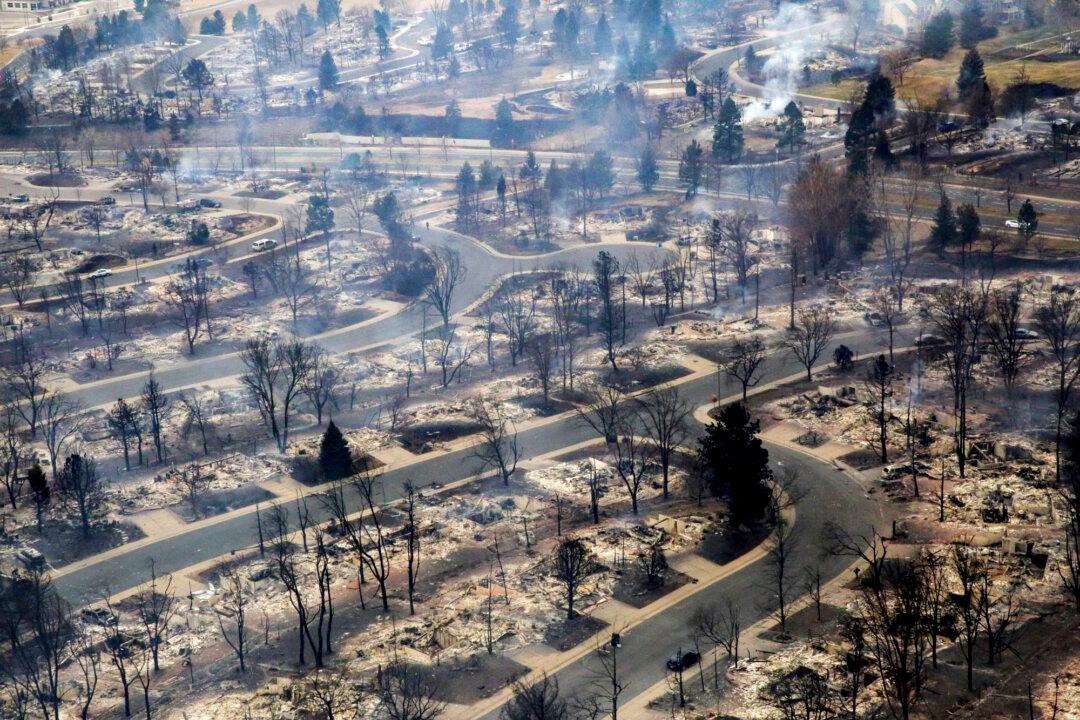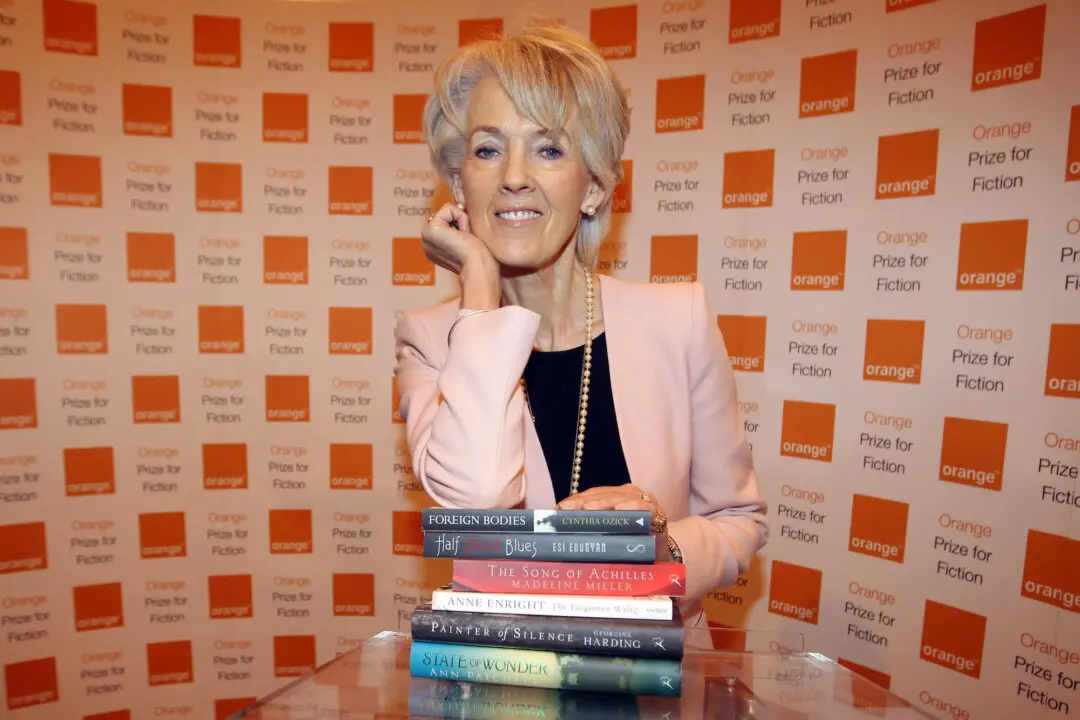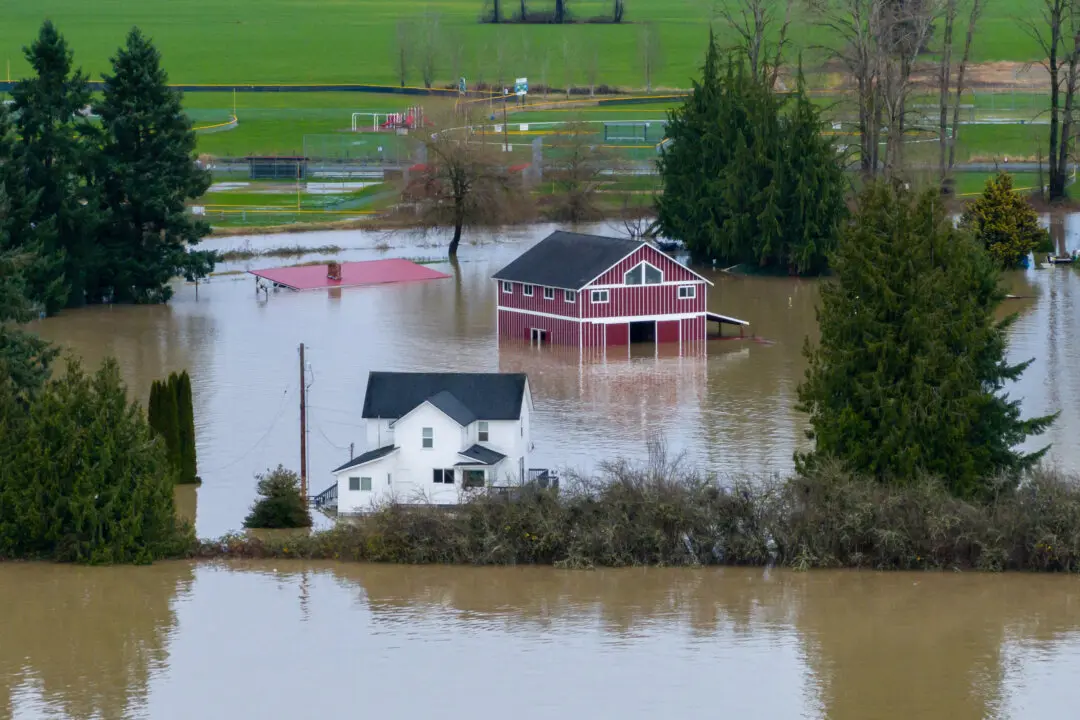SUPERIOR, Colo.—Colorado authorities were searching Saturday for three people reported missing from a wind-whipped winter-season wildfire in Denver’s suburbs that destroyed nearly 1,000 homes and left thousands of people trying to salvage what belongings they could from the fast-moving blaze.
Authorities had said earlier no one was missing in the area hit by Thursday’s blaze, but Boulder County Sheriff Joe Pelle said Saturday they were now trying to find three people who were later reported as unaccounted for after sheriff’s deputies, firefighters, and other officials located hundreds of people who initially were reported missing.





